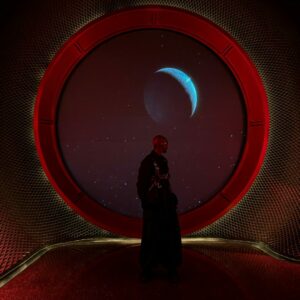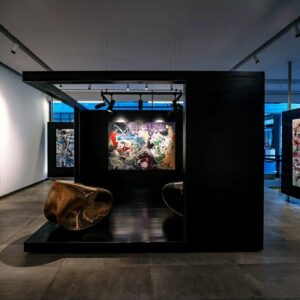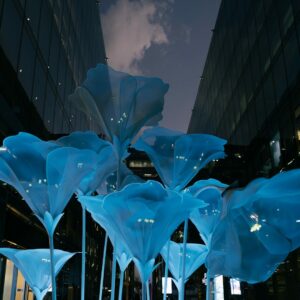For decades, the narrative of modernism has been dominated by the clean lines and geometric forms of the West – Le Corbusier, Mies van der Rohe, the Bauhaus school. But a new conversation is emerging, as demonstrated at this year’s Venice Biennale, one that acknowledges the vibrant and often overlooked expressions of modernism across the globe. A movement known as the Iraqi New Vision Group shattered the mold, proving that modernity could be as much about heritage as it was about breaking free from the past.
Founded in Baghdad in the 1950s by a collective of young architects, painters, and sculptors, the Iraqi New Vision Group embraced the ideals of social progress and functionality that defined Western modernism. Yet, their work resonated deeply with Iraqi identity. They incorporated traditional geometric patterns and motifs from Mesopotamian art into their designs, creating a unique fusion of past and present.
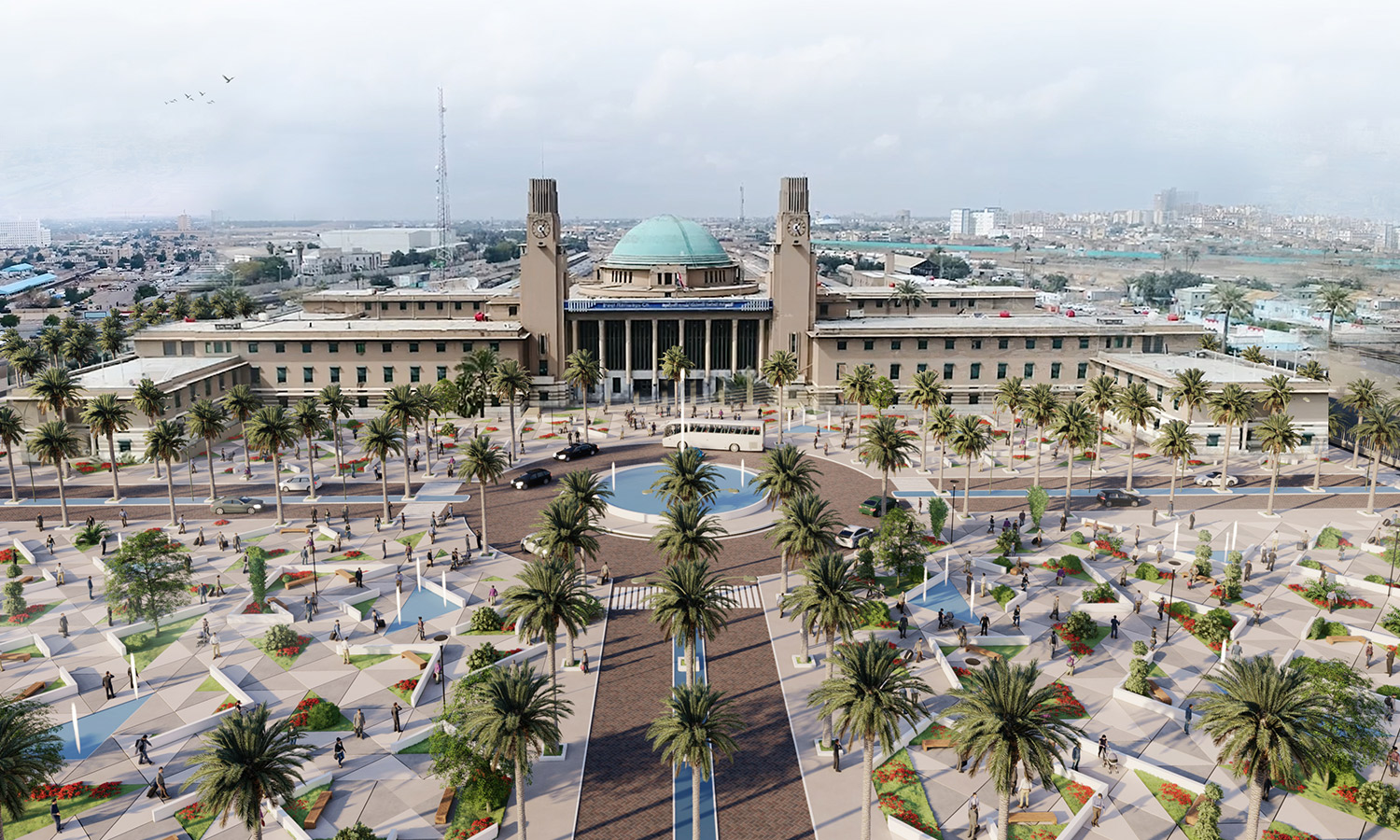
Take, for instance, the breathtaking Baghdad Central Station, designed by Rifat Chadirji, a prominent member of the group. Its soaring concrete arches evoke the ancient ziggurats of Mesopotamia, while its modernist structure reflects the city’s forward-looking spirit. This interplay of tradition and innovation became a hallmark of the Iraqi New Vision Group’s style.
Their influence extended beyond architecture. Painters like Shakir Hassan Al Said explored abstraction, drawing inspiration from Islamic calligraphy and the rich colours of the Iraqi landscape. Sculptors like Mohammad Ghani Hikmat experimented with negative space and geometric shapes, imbued with a distinctly Iraqi sensibility.

The Iraqi New Vision Group’s legacy is one of defiance and inclusivity. They challenged the West’s monopoly on modernism, proving that the movement could be a platform for cultural expression, not just a homogenizing force. Their work serves as a powerful reminder that the future is built not by erasing the past, but by weaving it into the very fabric of progress.
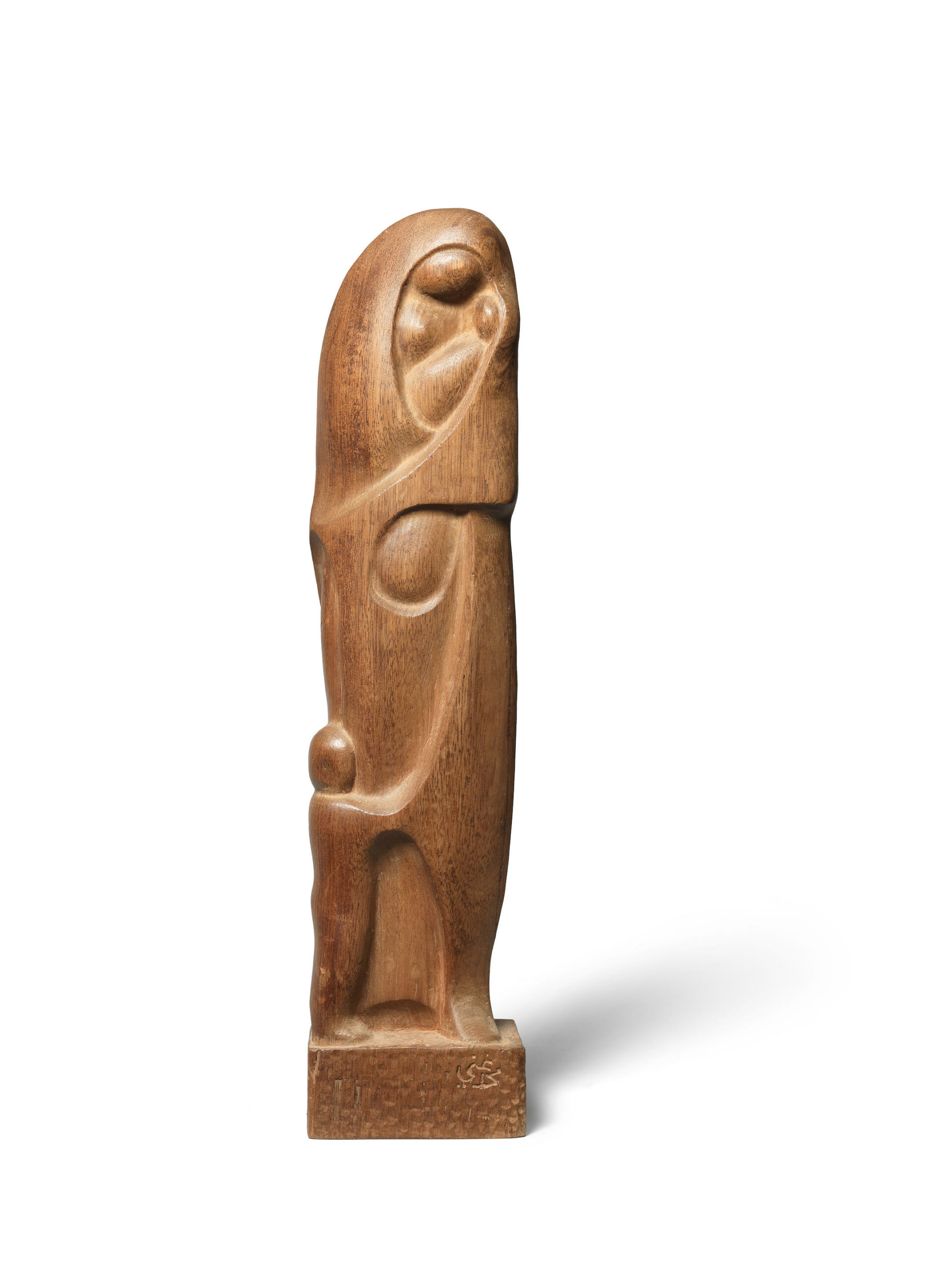
Today, as the world rediscovers the forgotten stories of global modernism, the Iraqi New Vision Group stands as a testament to the boundless creativity that can emerge from the intersection of tradition and innovation. Their work isn’t just a historical footnote – it’s a vibrant reminder that the conversation on modernism is far from over, and the most captivating chapters are yet to be written.
The Iraqi New Vision Group’s impact extends far beyond the mid-20th century. Their legacy continues to inspire contemporary Iraqi artists, who grapple with the complexities of their nation’s history while forging new artistic identities.
Here are a few contemporary Iraqi artists to keep an eye on:
Artists like Dia Azzawi and Hanaa Malallah draw inspiration from both ancient Mesopotamia and the realities of modern Iraq. Azzawi confronts war through his art, while Malallah reflects the country’s constant state of change.
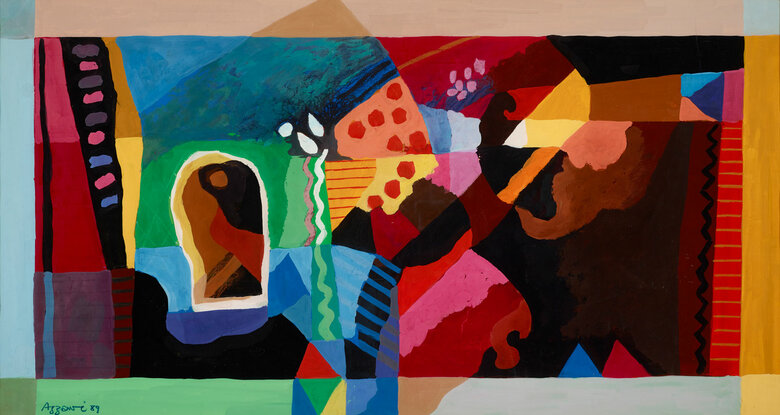
Other artists tackle themes of displacement and identity. Adel Abidin uses video to explore these issues as a migrant, while Jananne Al-Ani, of mixed heritage, utilizes photography for the same purpose. Walid Siti’s work reimagines his Kurdish homeland, and Hayv Kahraman uses beauty to deliver messages about contemporary struggles.
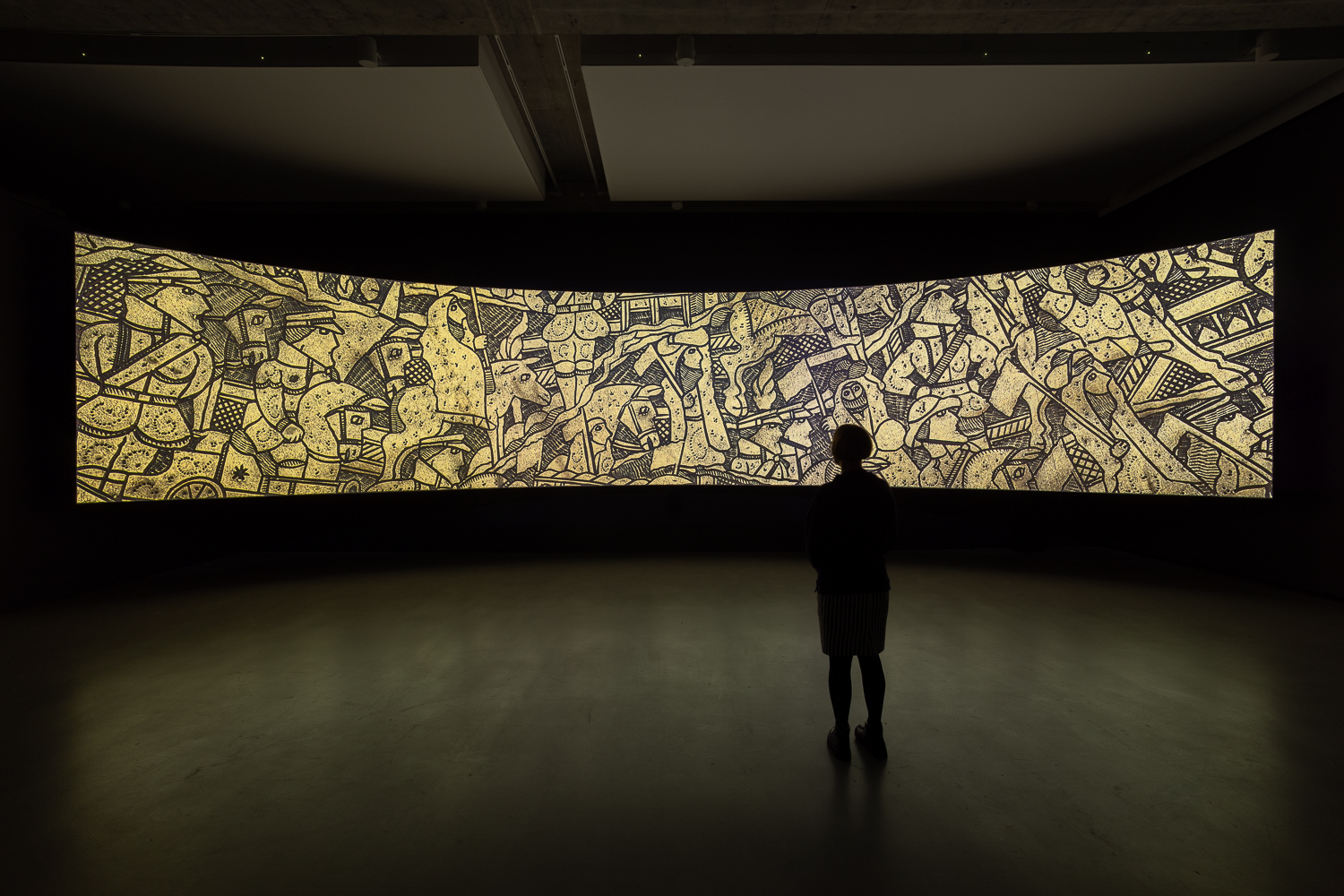
For more stories of art and culture, visit our dedicated archives.








